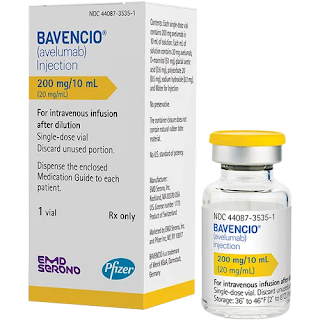What is the recommended dosage of Pangraf (tacrolimus) capsules?

Pangraf (tacrolimus) capsules are a medication used to prevent the rejection of transplanted organs, such as the kidney or liver. The medication works by suppressing the immune system to prevent it from attacking the transplanted organ. The recommended dosage of Pangraf (tacrolimus) capsules will depend on several factors, including the patient's age, weight, overall health, and the type of organ being transplanted. Additionally, the dosage may need to be adjusted over time based on the patient's response to the medication and any side effects they may experience. In general, the starting dose of Pangraf (tacrolimus) capsules for adults is usually between 0.1 mg and 0.2 mg per kilogram of body weight per day, divided into two doses taken 12 hours apart. The maximum daily dose should not exceed 20 mg. For children, the recommended starting dose is usually between 0.15 mg and 0.3 mg per kilogram of body weight per day, divided into two doses taken 12 hours apart. The maximum...


